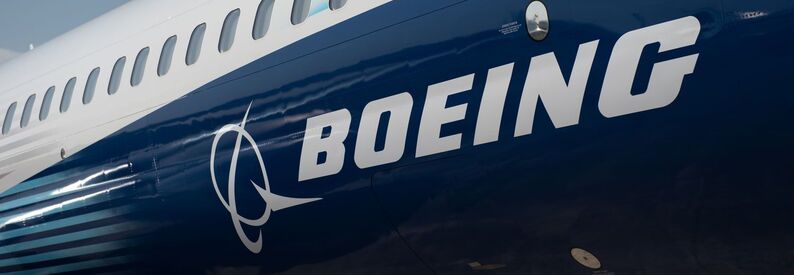Boeing Redirects Jets After China Refusals

Boeing is looking to reallocate dozens of new jets after Chinese carriers rejected scheduled deliveries in response to steep U.S. tariffs. In early April 2025, President Donald Trump imposed a 145 percent levy on Chinese goods, prompting Beijing to retaliate with 125 percent duties on American-made aircraft. During Boeing’s April 23 earnings call, CEO Kelly Ortberg confirmed that at least two 737 MAX airframes were returned from the Zhoushan completion center and that Chinese customers have said they will refuse further deliveries until the dispute is resolved.
Ortberg said first-quarter input tariffs were “immaterial” to Boeing’s operations, noting that most of its supply chain is located in the United States or covered under the United States-Mexico-Canada Agreement. He acknowledged, however, that parts supplied by firms in Japan and Italy carry a 10 percent tariff that Boeing expects to recover through exporting the finished planes. The CEO emphasized that the company is focused on delivering the right products and capabilities amid geopolitical headwinds.
Chief Financial Officer Bryan West forecast that Boeing would deliver roughly fifty aircraft to Chinese operators in the remainder of 2025. With Chinese airlines halting handovers, West said Boeing is actively assessing options to redirect jets already produced or in production to other customers with stable demand. He added that the overall impact of higher tariffs on Boeing’s supply costs is manageable and is expected to remain under half a billion dollars annually.
Ortberg described the situation in China as Boeing’s sole major delivery challenge, and pledged to “work our tail off” to prevent disruptions to the production system. He reported that other airline clients are calling for additional near-term deliveries, suggesting that the current redirection plan can meet customer needs while maintaining financial momentum. The CEO predicted that the tariffs issue will prove short term, as many customers seek immediate access to new aircraft.
Under the new strategy, Boeing will withdraw jets from the Chinese order pipeline and offer them to carriers who are willing to accept them now. Ortberg stated that the planemaker will not continue building planes for customers who refuse delivery, preferring instead to satisfy those with urgent requirements. This move underscores Boeing’s intent to protect its production cadence and revenue targets despite external pressures.
Analysts note that reassigning delivery slots depends on multilateral approvals and financing arrangements, as airlines must adjust payment schedules and regulatory registrations. Boeing’s strong order backlog and broad customer base, however, provide flexibility in reallocating production. Market watchers expect that jets originally destined for China may find buyers among airlines in regions with robust fleet renewal programs, such as Southeast Asia, the Middle East and North America.
While Boeing continues to press for negotiated tariff relief, Ortberg expressed hope that diplomatic efforts will eventually resolve the dispute. In the meantime, the company remains committed to its long-term recovery plan, balancing supply-chain resiliency with product innovation. By redirecting airframes and leveraging its global network, Boeing aims to mitigate the short-term impact of trade tensions and sustain momentum in the competitive commercial aviation market.
Related News : https://airguide.info/?s=Boeing
